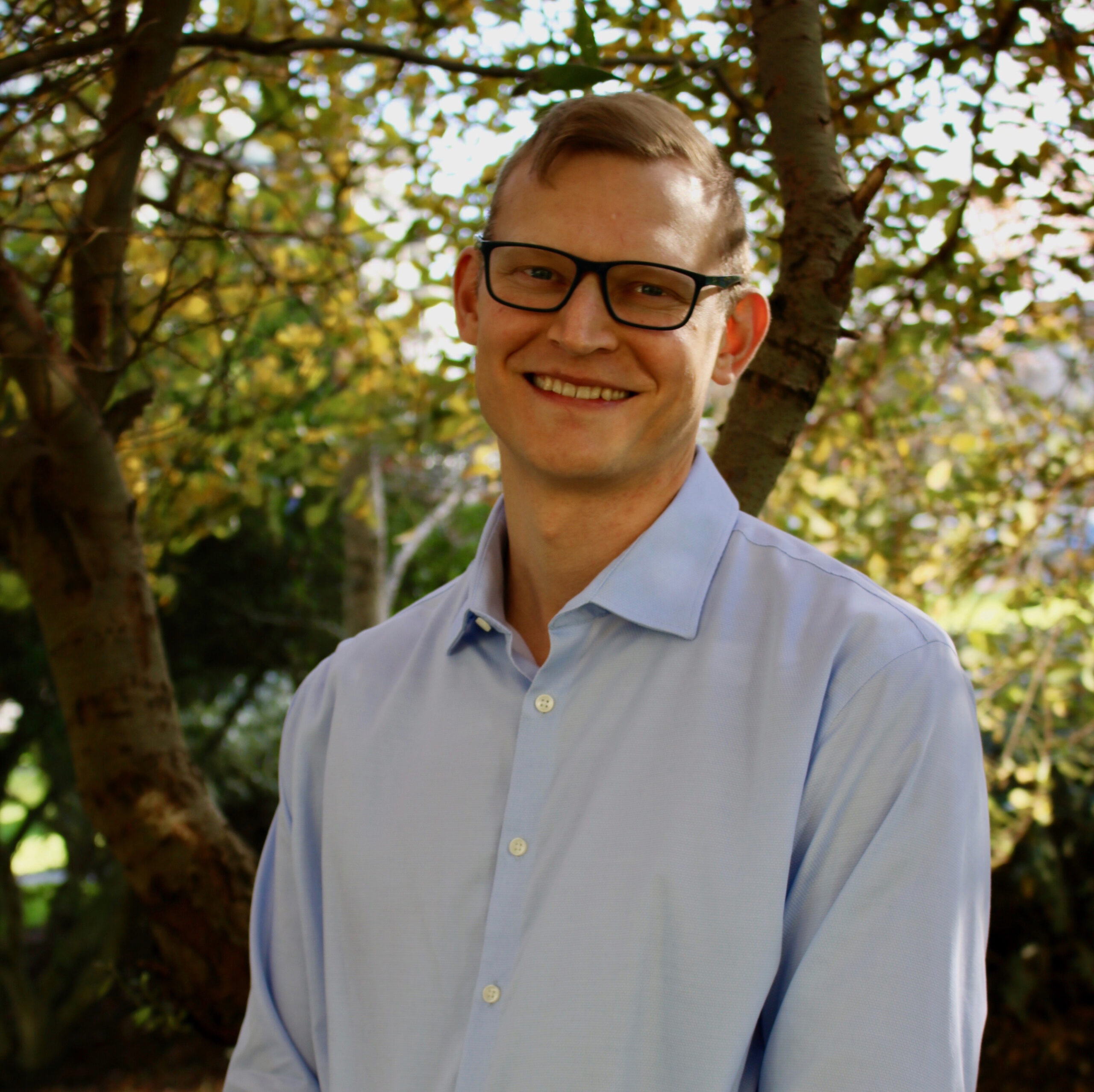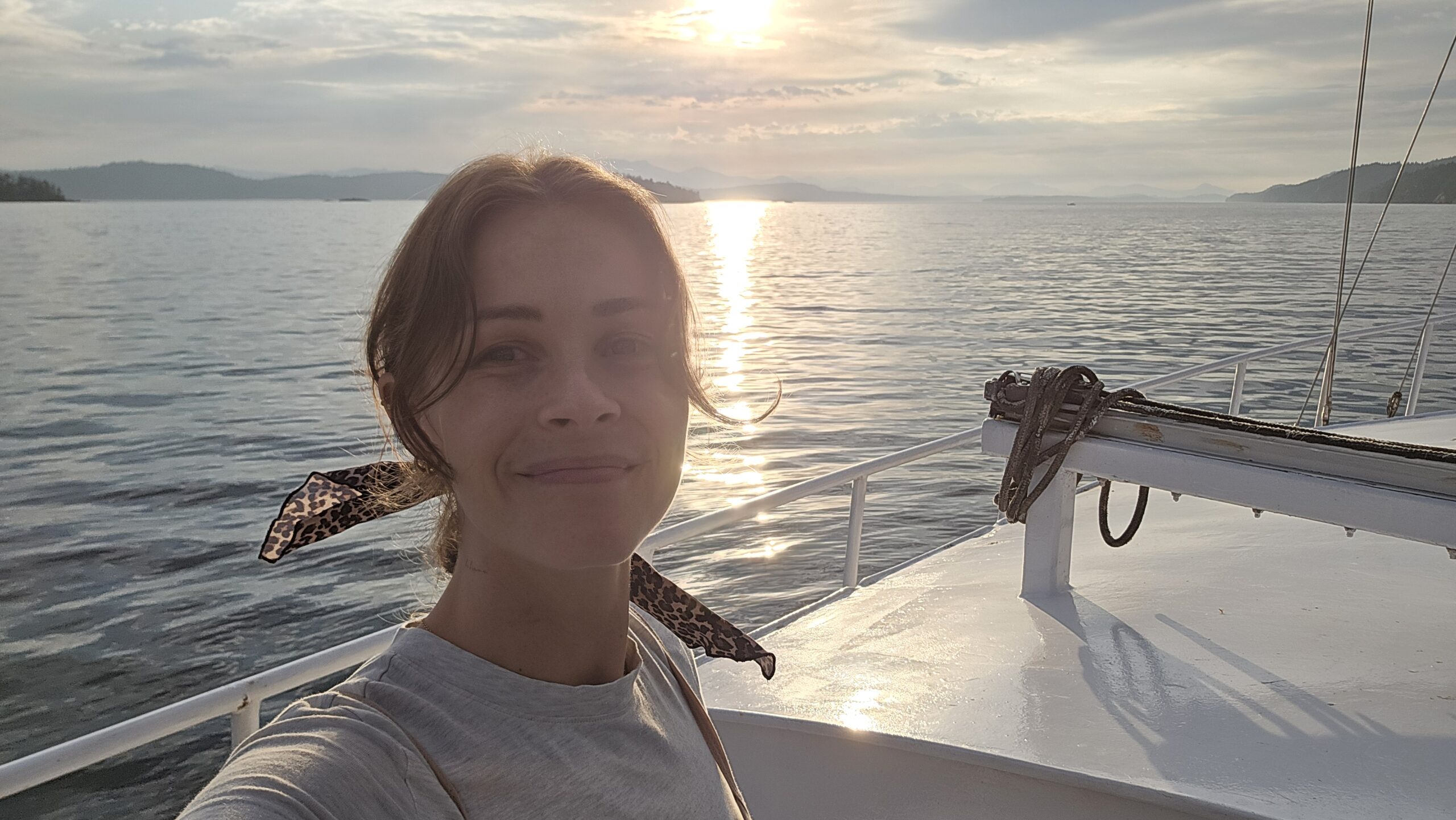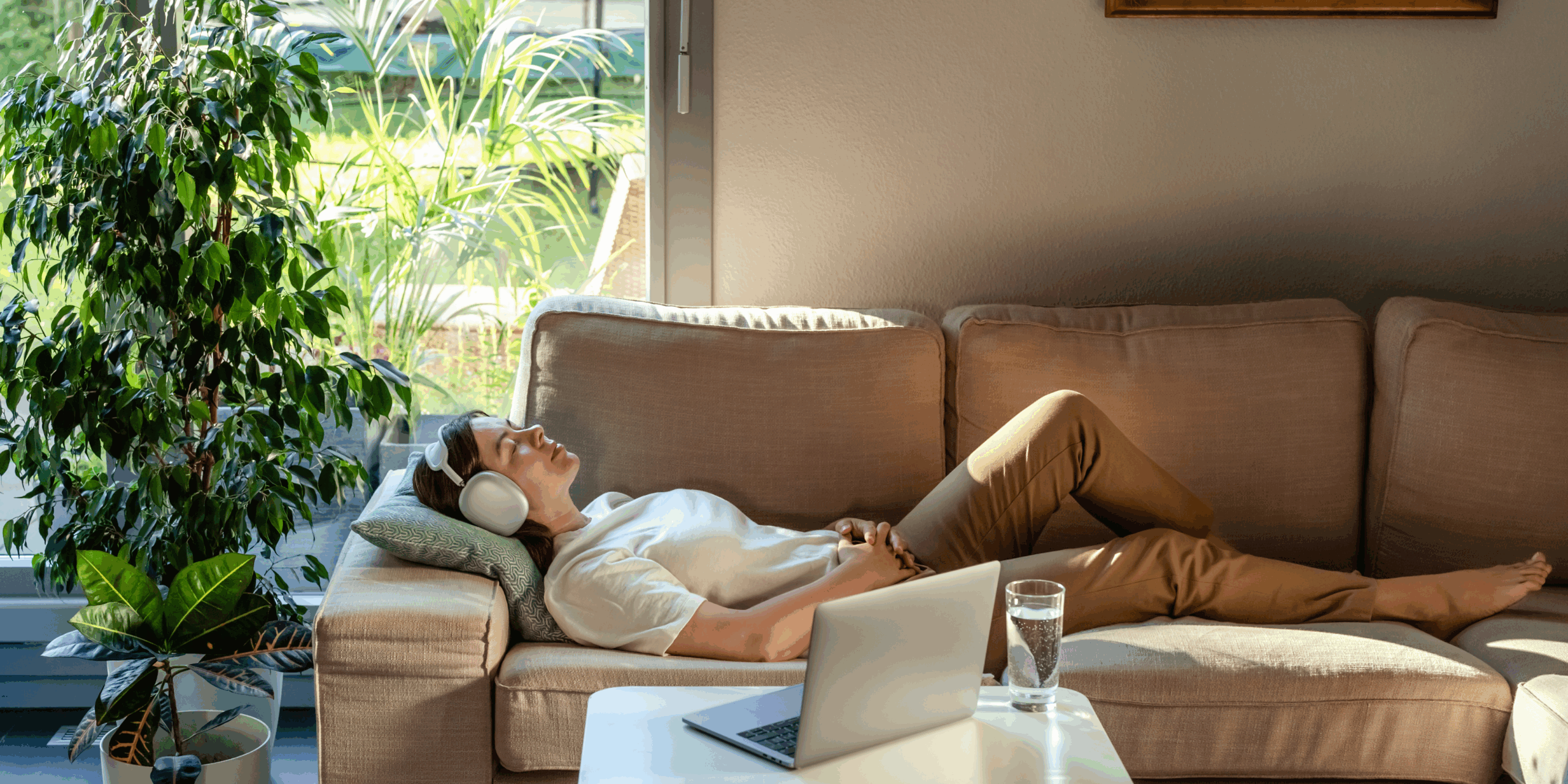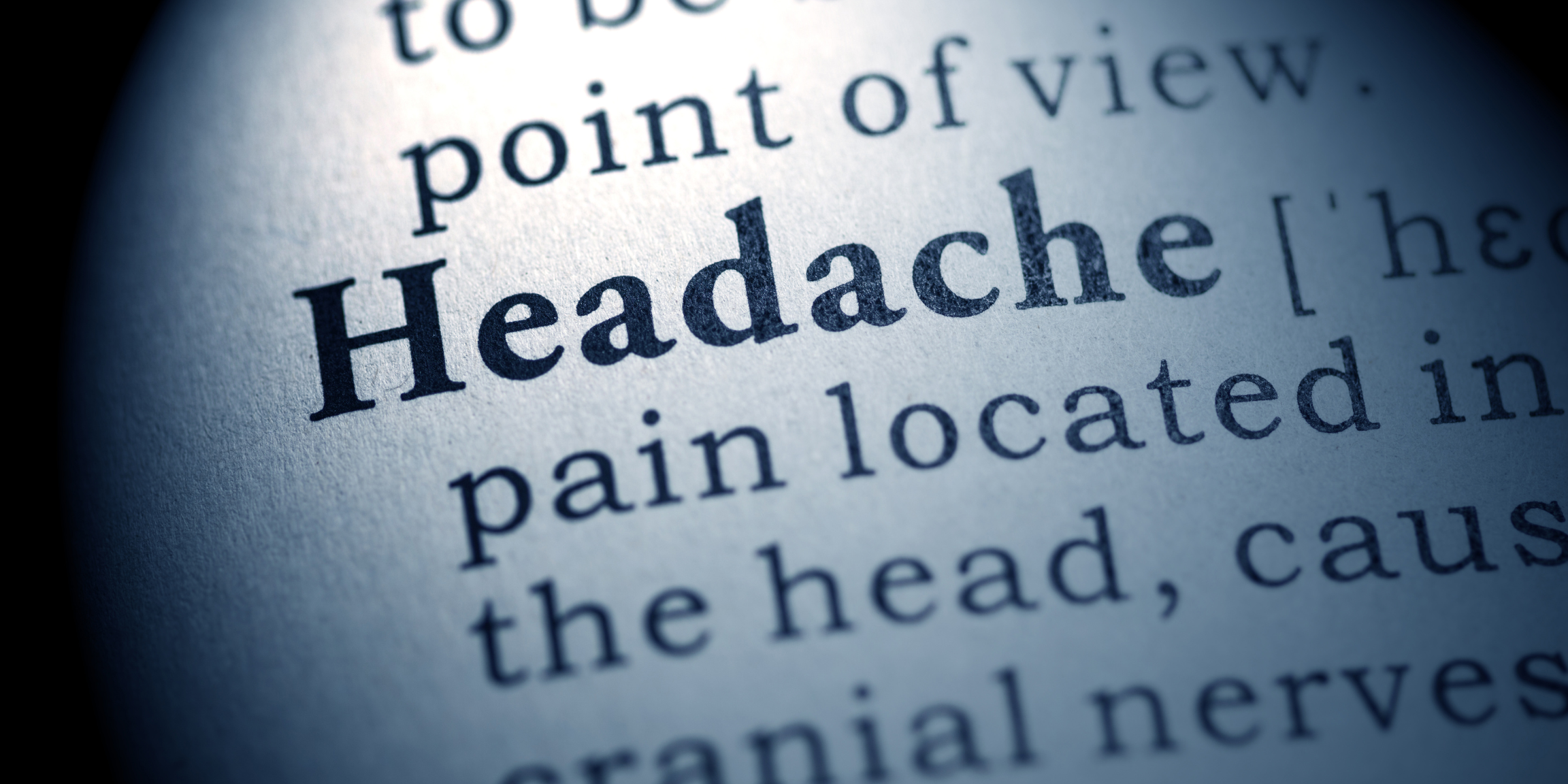This is part one of a three part series, click here for article part two and part three by Aaron Jones, Physiotherapist.
How I Recovered From 13 Years of Back Pain.
When I was 21 years old, I was lifting heavy weights and I felt my back “pop”. As panic set in, I got myself to a couch and lay down. Any attempt to move resulted in a sharp stabbing pain in my lower back. I was barely able to move for three days. Over the next few weeks I gradually returned to life, but my back just wasn’t the same.
If I lay on my stomach, sat on the ground, bent forward without being careful, sat for too long or stood for too long – my back would hurt. I would sometimes get severe debilitating pain by doing something as simple as reaching for a glass on the counter.
As you can imagine, it was incredibly frustrating.
When I began studying physiotherapy a couple of years later, I developed a number of theories as to why my back pain persisted. I thought that I had a bulging disc. I thought that my back was potentially out of alignment. I thought that I had weak core muscles. So I did my daily stretches and exercises, went to the gym, avoided activities that aggravated my back and focused on improving my posture.
But the pain continued and after years of trying to improve my condition, I resigned myself to the fact that my back was permanently damaged and that I would just have to manage the pain as best I could.
Fast-forward 10 years later: I was working at a sports medicine clinic where there were differing opinions on chronic pain. Some of my colleagues suggested that my chronic back pain was likely caused by changes in my nervous system in response to my initial injury. I was convinced they were wrong. I tried to collect a bunch of research to support my theory that my back pain was actually caused by a structural problem. But I ended up proving myself wrong and in the process made a complete recovery.
This is what happened.
- 1. Learning the science of pain
As I read through textbooks, research papers and watched YouTube presentations on pain, I began to realize that pain was more complicated than I had originally thought.
For example, I discovered that pain severity was poorly correlated with tissue damage [1]. In other words, people with a lot of pain didn’t necessarily have a lot of physical damage. This made sense to me when I thought about other injuries I had suffered. For example, when I got a minor paper cut on my finger, it really hurt, but when I slashed my knee open and required 17 stitches, I had very little pain.
I also learned that lumbar disc bulges – as seen on MRIs (Magnetic Resonance Imaging) – are actually quite common among people without any pain [2]. If other people’s bulging discs didn’t cause them any pain, then why did my back hurt?
In reading further about pain, I discovered that research has found that people with back pain tend to have over-active muscles – rather than weak or inactive muscles – due to muscle tensing [3-20]. The tensing is likely a guarded response in anticipation of pain. I began to wonder if my pain was caused by muscle spasm rather than tissue damage.
I also learned that there is an evolutionary explanation for persistent or chronic pain. Specifically, the body learns from experience and our pain system works on the basis that if something might cause us harm, then it should warnus in order to increase our chance of survival. The problem with this evolutionary adaptation is that there can be a lot of “false alarms”. In other words, there can be a lot of situations where “hurt” doesn’t equal “harm”. I started to question if my back pain was actually caused by nerve signals sending a false alarm at the slightest hint of danger.
I began to realize that pain was not a simple one-way message from damaged tissue to the brain as I had previously believed.
As eye-opening as all the information was, it was still hard for me to accept. And it didn’t immediately change my back pain.
- 2. Witnessing the complexity of pain through my work with patients
As I continued my work as a physiotherapist, I started to notice the inconsistencies between tissue damage and pain among my patients.
For example, I could have two patients with the same lumbar disc bulge – confirmed by MRI – yet one patient would have pain bending forward but feel better leaning back, while the other patient would experience the opposite (i.e. pain leaning back but no pain leaning forward).
In another case, I had a hunched elderly women come to see me for her shoulder pain. Despite clearly having a degenerated spine, she had no back pain, which baffled me.
I began to understand that while pain and tissue damage had a more direct relationship following an acute or recent injury, this often wasn’t the case when it came to chronic pain.
Given my pain was chronic, these experiences with my patients helped me become more receptive to the idea that my pain was not necessarily a true reflection of tissue damage.
- 3. Seeing other people get better
I also began to witness the power of reassurance in relation to chronic pain.
For example, I had a patient with years of persistent spinal pain following a fracture come and see me for treatment. She walked into the treatment room and bent over to put her bag down by the treatment table. I moved her bag out of the way and immediately noticed how heavy it was.
She then told me that she had seen many doctors over the years but that her pain had never really improved and she was scared that her back was still broken.
In response, I asked her to bend forward. She could barely move and was clearly in a lot of pain. I then commented on how heavy her bag was and showed her how she put it down easily. We agreed that there was no way that she could have put her bag down in that way with a broken back.
I then asked her to bend forward again and she tentatively moved a lot further and with a lot less pain. It was clear to me that this experience had reassured her that her back had in fact healed. By the next session she was thrilled to tell me that her back was the best it had been in years.
By witnessing countless other examples of my patients’ chronic back pain improving through changes in their perception of the strength of their back, I started to believe that my back might also get better one day.
- 4. Questioning my own experiences of pain
After learning about and seeing the complexity of pain, I started to question my own pain flare-ups through new eyes.
For example, when I was once bed-ridden with pain for 24 hours after reaching for a glass on the counter, I asked myself:
- Why was it that I could lift weights at the gym with only minor back pain, yet lifting something as light as a glass caused me severe pain?
- Why did lifting things off the counter not cause me severe back pain every time?
- Why was the pain as severe as when I first hurt my back, and yet only lasted 24 hours? Was it possible that damaged tissue could heal that fast?
In reflecting upon these questions, I concluded that the pain caused by reaching for a glass was probably a false alarm. It seemed to me more likely that I was having something as simple as a muscle spasm, rather than reinjuring my back.
Despite this revelation however, I still wasn’t convinced that all my pain episodes were a false alarm.
I needed to convince myself further.
- 5. Putting my understanding to the test: Confronting my fears
Once I believed that it was possible that my pain was not a reflection of actual tissue damage, I started to test this theory physically.
I tentatively introduced deadlifts back into my exercise routine. With each repetition, I kept reassuring myself it was safe. Even if it hurt a little more, I told myself that it was a warning and not damage. When I discovered that my back was no worse having done the exercise, I decided to add a little more weight the next time.
I also did the same reassuring self-talk with activities in my daily life. Although it hurt my back to lie on my stomach, I would intentionally lie in that position and tell myself that I couldn’t possibly be damaging any structure in my back. Once again, when I got up and my pain was no worse after lying on my stomach, I was confident that I could increase the duration the next time.
I then took this physical testing to the next level. I would confront my pain and fear by performing little physical experiments. For example, if I felt pain doing something that I suspected was a false alarm, like sitting on the floor for a short period of time, I would seek to prove that my back was not damaged by getting a light dumbbell and doing some tentative deadlifts. If that didn’t make my pain worse, I would get a heavier weight and do some more deadlifts. If that increased my pain, I would stop. But if, at that point, I didn’t have any more pain than usual, I would conclude that the pain flare-up was a false alarm or muscle spasm, and not actual damage.
In addition, I began to build my repertoire of reassuring experiences by taking note of when something didn’t hurt. For example, when I sat through a whole movie without pain, I used this experience to remind myself that sitting for two hours without pain was possible. I told myself that the structures in my back must be able to tolerate sitting for that duration of time.
This process of graded exposure, reasoning and positive self-talk seemed to reinforce itself. The more success I had, the better it worked. In addition, I felt more control and less frustration. I was also less likely to spiral down into hopeless and catastrophic thoughts about how damaged my back was.
- 6. Persistent pain gone
With my new understanding of pain being reinforced on a weekly basis at home and work, I gained more confidence and experienced less pain in my back until I didn’t have a back problem anymore. The whole process took about a year.
It has been five years now and still no back problem. That’s not to say I don’t tweak my back from time to time, but it’s never a significant concern and the pain always goes away in a few days.
I play on the floor with my kids, I lift weights, I stand at the counter doing dishes and I can grab a glass off the counter… all pain-free! I have my life back.
Why don’t you take the first step of your own journey? Have a look through the below websites and go see your healthcare provider to help you map out your recovery plan.
Click here for Article #2 in this series.
10 low back pain facts
http://www.pain-ed.com/blog/2020/06/08/ten-low-back-pain-facts-videos/
The Empowered Beyond Pain Podcast
https://bodylogic.physio/podcast/trailer/
The Back Pain Podcast with Rob and Dave
https://podcasts.apple.com/gb/podcast/the-back-pain-podcast/id1511515312
Mybackpain.org.au
https://mybackpain.org.au/
The Pain Care for Life program
https://lifeisnow.ca/
Tame The Beast
www.tamethebeast.org
Professor Lorimer Mosely YouTube presentation about pain ‘The Pain Revolution’
https://www.youtube.com/watch?v=oji2mfcjisk
Pain revolution – resources for patients
https://www.painrevolution.org/chronic-pain-resources-public
Pain-ed – 10 facts about your sleep patterns and back pain
http://www.pain-ed.com/blog/2018/02/13/10-facts-about-your-sleep-patterns-and-back-pain/
Pain-ed – 10 facts about exercise and back pain
http://www.pain-ed.com/blog/2018/02/13/10-facts-about-exercise-and-back-pain/
Back pain: are you saying it’s all in my head?
https://www.rte.ie/brainstorm/2019/1108/1089517-back-pain/
- Butler, D & Moseley, GL (2003). Explain Pain. Noigroup Publications.. Gastel Printing, Adelaide, Australia: 130 pages.
- Brinjikji W, Diehn FE, Jarvik JG, Carr CM, Kallmes DF, Murad MH, Luetmer PH. MRI Findings of Disc Degeneration are More Prevalent in Adults with Low Back Pain than in Asymptomatic Controls: A Systematic Review and Meta-Analysis. AJNR Am J Neuroradiol. 2015 Dec;36(12):2394-9. doi: 10.3174/ajnr.A4498. Epub 2015 Sep 10. PMID: 26359154.
- Falla D, Gizzi L, Tschapek M, Erlenwein J, Petzke F. Reduced task-induced variations in the distribution of activity across back muscle regions in individuals with low back pain. Pain. 2014 May;155(5):944-953. doi: 10.1016/j.pain.2014.01.027. Epub 2014 Feb 3. PMID: 24502841.
- Ghamkhar L, Kahlaee AH. Trunk muscles activation pattern during walking in subjects with and without chronic low back pain: a systematic review. PMR 7 (5) (2015) 519–526, http://dx.doi.org/10.1016/j.pmrj.2015.01.013.
- Gizzi L, Röhrle O, Petzke F, Falla D. People with low back pain show reduced movement complexity during their most active daily tasks. Eur J Pain. 2019 Feb;23(2):410-418. doi: 10.1002/ejp.1318. Epub 2018 Oct 11. PMID: 30246275.
- Karayannis NV, Smeets RJEM, van den Hoorn W, Hodges PW (2013) Fear of Movement Is Related to Trunk Stiffness in Low Back Pain. PLoS ONE 8(6): e67779. https://doi.org/10.1371/journal.pone.0067779
- Laird, R.A., Gilbert, J., Kent, P. et al.Comparing lumbo-pelvic kinematics in people with and without back pain: a systematic review and meta-analysis. BMC Musculoskelet Disord 15, 229 (2014). https://doi.org/10.1186/1471-2474-15-229
- Lamoth CJ, Meijer OG, Wuisman PI, van Dieën JH, Levin MF, Beek PJ. Pelvis-thorax coordination in the transverse plane during walking in persons with nonspecific low back pain. Spine (Phila Pa 1976). 2002 Feb 15;27(4):E92-9. doi: 10.1097/00007632-200202150-00016. PMID: 11840116.
- Lederman E. The myth of core stability. J Bodyw Mov Ther. 2010 Jan;14(1):84-98. doi: 10.1016/j.jbmt.2009.08.001. PMID: 20006294.
- Maicom Lima, Arthur Sá Ferreira, Felipe José Jandre Reis, Vanessa Paes, Ney Meziat-Filho. Chronic low back pain and back muscle activity during functional tasks.Gait and Posture 61, (2018), 250-256.
- Mannion AF, Caporaso F, Pulkovski N, Sprott H. Spine stabilisation exercises in the treatment of chronic low back pain: a good clinical outcome is not associated with improved abdominal muscle function. Eur Spine J. 2012 Jul;21(7):1301-10. doi: 10.1007/s00586-012-2155-9. Epub 2012 Jan 24. PMID: 22270245; PMCID: PMC3389103.
- Marras WS, Davis KG, Ferguson SA, Lucas BR, Gupta P. Spine loading characteristics of patients with low back pain compared with asymptomatic individuals. Spine (Phila Pa 1976). 2001 Dec 1;26(23):2566-74. doi: 10.1097/00007632-200112010-00009. Erratum in: Spine 2002 Jan 1;27(1):118. PMID: 11725237.
- Pakzad M, Fung J, Preuss R. Pain catastrophizing and trunk muscle activation during walking in patients with chronic low back pain. Gait Posture49 (2016) 73–77.
- Reeves NP, Cholewicki J, van Dieën JH, Kawchuk G, Hodges PW. Are Stability and Instability Relevant Concepts for Back Pain? J Orthop Sports Phys Ther. 2019 Jun;49(6):415-424. doi: 10.2519/jospt.2019.8144. Epub 2019 Apr 25. PMID: 31021689.
- Ross GB, Sheahan PJ, Mahoney B, Gurd BJ, Hodges PW, Graham RB. Pain catastrophizing moderates changes in spinal control in response to noxiously in-duced low back pain. J. Biomech. (2017), http://dx.doi.org/10.1016/j.jbiomech. 2017.04.010.
- Saragiotto BT, Maher CG, Yamato TP, Costa LO, Costa LC, Ostelo RW, Macedo LG. Motor Control Exercise for Nonspecific Low Back Pain: A Cochrane Review. Spine(Phila Pa 1976). 2016 Aug 15;41(16):1284-95. doi: 10.1097/BRS.0000000000001645.
- Smith BE, Littlewood C, May S. An update of stabilisation exercises for low back pain: a systematic review with meta-analysis. BMC Musculoskelet Disord. 2014 Dec 9;15:416. doi: 10.1186/1471-2474-15-416.
- van den Hoorn W, Bruijn SM, Meijer OG, Hodges PW, van Dieën JH. Mechanical coupling between transverse plane pelvis and thorax rotations during gait is higher in people with low back pain. J Biomech. 2012 Jan 10;45(2):342-7. doi: 10.1016/j.jbiomech.2011.10.024. Epub 2011 Nov 10. PMID: 22078275.
- Wong AYL., Parent EC, Funabashi M, Stanton TR, Kawchuk GN. Do various baseline characteristics of transversus abdominis and lumbar multifidus predict clinical outcomes in nonspecific low back pain? A systematic review. Pain154 (12)(2013) 2589–2602, .
- Wong AYL, Parent EC, Funabashi M, Kawchuk GN. Do changes in transversus abdominis and lumbar multifidus during conservative treatment explain changes in clinical outcomes related to nonspecific low back pain? A systematic review. Pain 15 (4) (2014), http://dx.doi.org/10.1016/j.jpain.2013.10.008 377, e1–e35.
- Brodal P. A neurobiologist’s attempt to understand persistent pain. Scand J Pain. 2017 Apr;15:140-147. doi: 10.1016/j.sjpain.2017.03.001. Epub 2017 Mar 30. PMID: 28850339.




